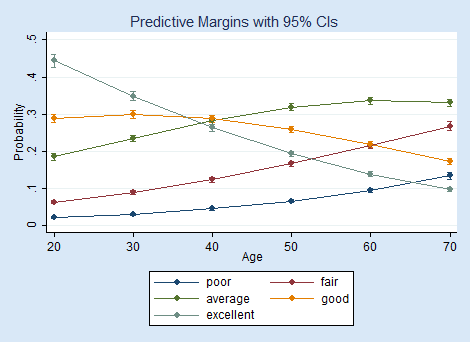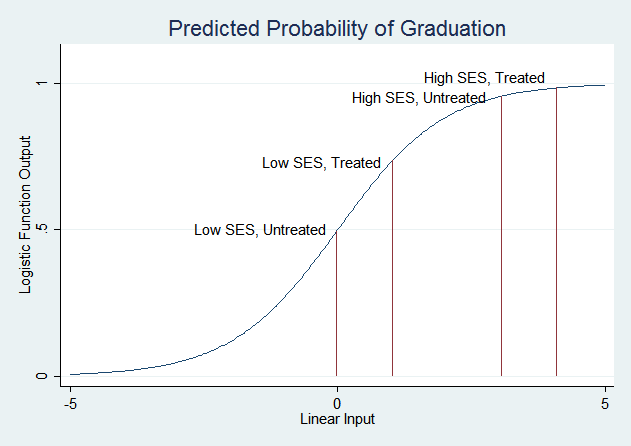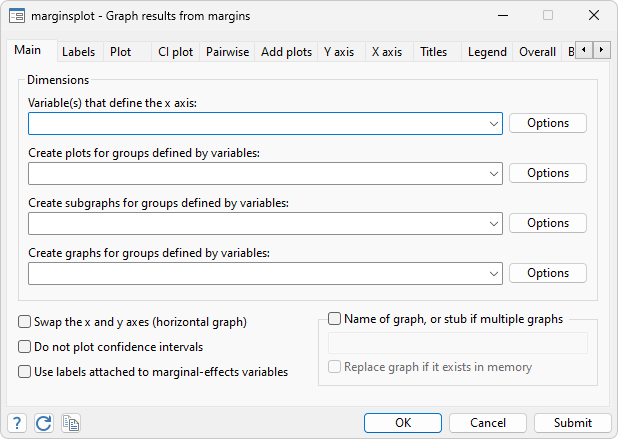

interflex, interplot, and plotMElm provide functionality simply for plotting quantities of interest from multiplicative interaction terms in models but do not appear to support general marginal effects displays (in either tabular or graphical form), while visreg provides a more general plotting function but no tabular output.

Unfortunately, none of these packages implement marginal effects correctly (i.e., correctly account for interrelated variables such as interaction terms (e.g., a:b) or power terms (e.g., I(a^2)) and the packages all implement quite different interfaces for different types of models. Among these are car, alr3, mfx, erer, among others. Notably, several packages provide estimates of marginal effects for different types of models. Other than this relatively new package on the scene, no packages implement appropriate marginal effect estimates. The closest approximation is modmarg, which does one-variable-at-a-time estimation of marginal effects is quite robust. While other Stata modules have provided functionality for deriving quantities of interest from regression estimates (e.g., Clarify), none has done so with the simplicity and genearlity of margins.īy comparison, R has no robust functionality in the base tools for drawing out marginal effects from model estimates (though the S3 predict() methods implement some of the functionality for computing fitted/predicted values). It also represents a significant improvement over Stata's previous marginal effects command - mfx - which was subject to various well-known bugs. It works with nearly any kind of statistical model and estimation procedure, including OLS, generalized linear models, panel regression models, and so forth. Stata's margins command is incredibly robust.

Indeed, in just a few lines of Stata code, regression results for almost any kind model can be transformed into meaningful quantities of interest and related plots: With the introduction of Stata's margins command, it has become incredibly simple to estimate average marginal effects (i.e., "average partial effects") and marginal effects at representative cases. Users interested in generating predicted (fitted) values, such as the "predictive margins" generated by Stata's margins command, should consider using prediction() from the sibling project, prediction. This is an S3 generic method for calculating the marginal effects of covariates included in model objects (like those of classes "lm" and "glm"). The major functionality of Stata's margins command - namely the estimation of marginal (or partial) effects - is provided here through a single function, margins(). margins therefore provides ways of calculating the marginal effects of variables to make these models more interpretable. In other cases and for generalized linear models, the coefficients are not marginal effects at least not on the scale of the response variable. In ordinary least squares regression with no interactions or higher-order term, the estimated slope coefficients are marginal effects. Marginal effects are partial derivatives of the regression equation with respect to each variable in the model for each unit in the data average marginal effects are simply the mean of these unit-specific partial derivatives over some sample. margins provides "marginal effects" summaries of models and prediction provides unit-specific and sample average predictions from models. These tools provide ways of obtaining common quantities of interest from regression-type models. The margins and prediction packages are a combined effort to port the functionality of Stata's (closed source) margins command to (open source) R.


 0 kommentar(er)
0 kommentar(er)
